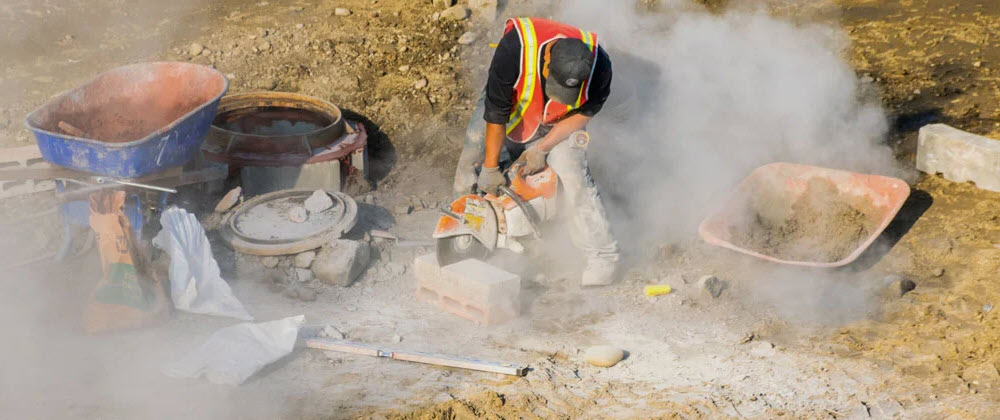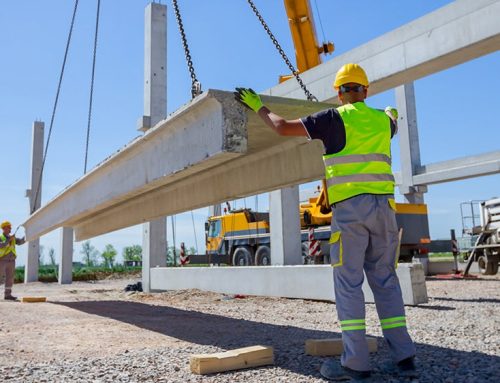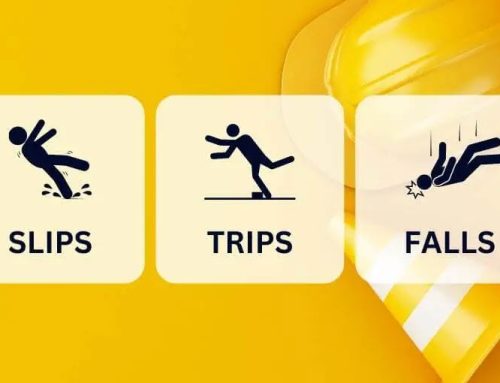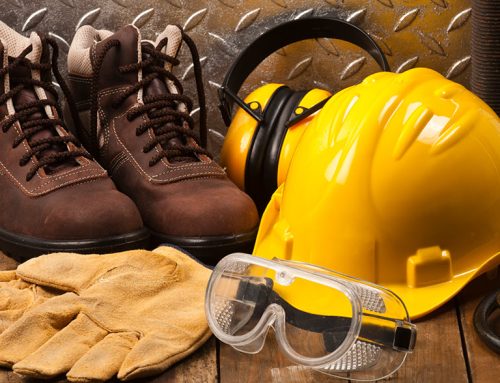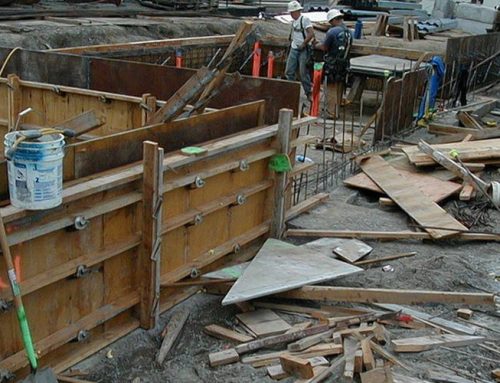Silica is a common mineral found in materials such as sand, stone, concrete, and brick. While it is harmless in its solid state, tasks like cutting, drilling, or grinding can release fine respirable crystalline silica (RCS) particles into the air. Prolonged or repeated inhalation of these particles can lead to serious health issues, including silicosis, chronic obstructive pulmonary disease (COPD) and lung cancer.
For workers in construction, quarrying, manufacturing and related industries, a silica toolbox talk is an essential part of safety training. This short, focused session ensures everyone understands the risks, legal requirements, and control measures necessary to stay safe. Below, we explore the key areas that such a talk should cover.
Understanding Silica and Its Health Risks
A silica toolbox talk should begin with a clear explanation of what silica is and why it poses a hazard in certain work environments. Silica is one of the most abundant minerals on earth, but the danger lies in respirable crystalline silica, particles that are at least 100 times smaller than a grain of sand.
These particles can penetrate deep into the lungs, where the body cannot effectively expel them. Workers need to understand that exposure can cause:
- Silicosis: A serious, irreversible lung disease that causes scarring and breathing difficulties.
- Chronic obstructive pulmonary disease (COPD): Progressive damage to the lungs leading to long-term disability.
- Lung cancer: Classified by the International Agency for Research on Cancer (IARC) as a human carcinogen.
Employers and supervisors should use real-world examples and case studies to highlight how seemingly routine tasks, such as cutting paving slabs or mixing concrete, can create dangerous dust clouds. This ensures workers appreciate that the risk is not hypothetical, but immediate and real.
Legal Responsibilities and Exposure Limits
In the UK, silica dust exposure is regulated under the Control of Substances Hazardous to Health (COSHH) Regulations 2002. A well-prepared silica toolbox talk must outline the relevant legal duties for both employers and employees.
Key points to cover include:
- Workplace Exposure Limit (WEL): The current WEL for respirable crystalline silica is 0.1 mg/m³, averaged over an eight-hour working day.
- Employer responsibilities: These include assessing the risk of silica exposure, implementing control measures, and providing health surveillance where necessary.
- Employee responsibilities: Workers must follow safe systems of work, use protective equipment correctly, and report any faults or unsafe conditions.
By explaining these regulations in straightforward terms, the talk reinforces that silica safety is not just a best practice, it is a legal obligation. It also helps foster a sense of shared responsibility, where everyone plays a role in maintaining a safe workplace.
Control Measures and Best Practices
The most practical section of any silica toolbox talk should focus on how to reduce or eliminate exposure. This is where attendees learn actionable steps that can be applied immediately on site.
Common control measures include:
- Elimination or substitution: If possible, use materials with a lower silica content.
- Dust suppression: Wet cutting techniques and water-fed tools help prevent dust becoming airborne.
- Local exhaust ventilation (LEV): Properly designed extraction systems remove dust at its source.
- Enclosures and isolation: Restricting access to high-dust areas reduces the number of people exposed.
- Respiratory protective equipment (RPE): Selecting the correct mask, ensuring it is face-fit tested, and using it consistently.
It is also important to address housekeeping practices. For example, workers should avoid dry sweeping, which can reintroduce settled dust into the air. Instead, use vacuum systems fitted with HEPA filters or damp sweeping methods.
Finally, supervisors should emphasise regular equipment maintenance, as worn or damaged tools and ventilation systems can greatly reduce dust control effectiveness.
Monitoring, Training, and Ongoing Awareness
A one-off silica toolbox talk is not enough to protect workers in the long term. Continuous training and monitoring are essential to ensure safe practices are maintained. This includes:
- Air monitoring: Regular sampling of dust levels to confirm control measures are working.
- Health surveillance: Periodic lung function tests for workers regularly exposed to silica dust.
- Refresher talks: Repeating and updating silica talks as new tools, techniques, or regulations emerge.
Engaging delivery methods, such as demonstrations, videos, or hands-on RPE fitting sessions, can make these talks more memorable and effective. Encouraging workers to share experiences and raise concerns can also uncover hazards that may not be obvious during formal inspections.
Conclusion
A well-structured silica toolbox talk should combine factual information, legal requirements, and practical solutions to create a comprehensive safety briefing. By covering the nature of silica, the health risks, the legal obligations, and the best control measures, employers can significantly reduce the risk of harmful exposure.
Ultimately, these talks are about more than compliance, they are about preserving health, preventing long-term illness, and ensuring every worker goes home safe at the end of the day. When delivered effectively, a silica toolbox talk can be a powerful tool in building a culture of safety and awareness on any site.
If you are interested in working with silica, then our Silica Dust Toolbox Talk or Dust Toolbox Talk might be of interest to you. Alternatively, then we also offer a range of toolbox talk packages which include a number of ready to deliver toolbox talks toolbox talks at a cost-effective price.

